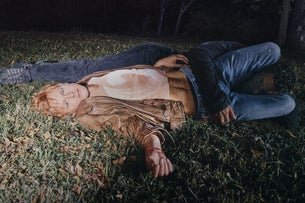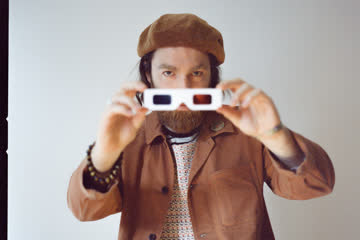Album Review: Perfume Genius - 'Ugly Season'
"A ground-breaking and difficult art object that challenges categorisation."

The sixth studio album from Michael Hadreas under his Perfume Genius moniker is a ground-breaking art object that challenges categorisation. Born from a collaboration between Hadreas and Seattle-based choreographer Kate Wallich, the record has its origins as a soundtrack accompaniment to the pair’s experimental dance project, The Sun Still Burns Here. However, after performances were cut short by the pandemic, Hadreas has returned to the score, collaborating further with long-timer partner Alan Wyffels and producer Blake Mills to bring this genre-defying album to life.
“No pattern,” Hadreas sings in the opening lines of the record’s first song, Just A Room, and it is a sentiment that seems to be taken to its extreme across the ten songs summoned together here. That is what they feel like – like they have been summoned, from a negative space into existence while retaining their antipodean form. The baroque, classical elements of the chamber pop Hadreas has become known for are stripped to their essences and contorted into writhing, abject contusions. In Hadreas’ own words, pitched-down and sung as if submerged among the otherworldly industrial dub sounds of the eponymous track: “Bitch, it’s ugly season.”
This record also arrives accompanied by a half-hour short film, created by multidisciplinary visual artist Jacolby Satterwhite, titled Pygmalion’s Ugly Season. Satterwhite has described the piece as representing a utopian creation myth, and considering the many allusions to ancient Greek mythology scattered throughout the lyrics – as well as the fluid, amorphous figure staring out from cover art that accompanies this album – it is possible to understand this obscured reference to Pygmalion as signifying Hadreas’ intention to create a representation of beauty that exists outside of the heteronormative imagination.
Queerness and disability are familiar themes in Hadreas’ songwriting, but Ugly Season seems to be his most ambitious attempt yet to foreground and celebrate these aesthetics in a radically formal, intersectional manner. What emerges is the sound of a utopian space that is free from the constraints of an idealised perfection, where distinctions between normality and abnormality are rendered meaningless: just a room, perhaps, but one that is alive with possibility.
Related Gigs








